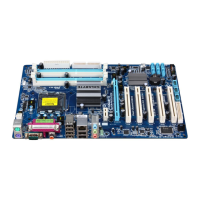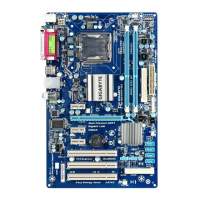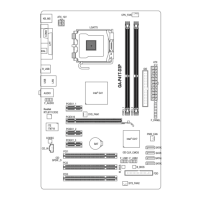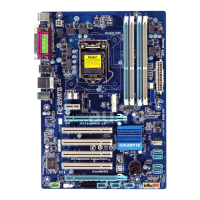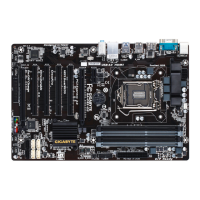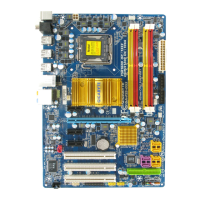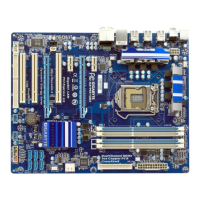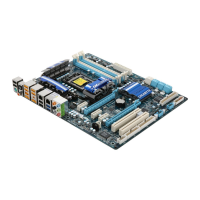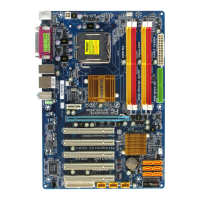
Do you have a question about the Gigabyte GA-P43-ES3G and is the answer not in the manual?
| Flash memory | 2 MB |
|---|---|
| Memory voltage | 1.8 V |
| Number of memory slots | 4 |
| Maximum internal memory | 16 GB |
| Processor socket | LGA 775 (Socket T) |
| Processor manufacturer | Intel |
| USB 2.0 connectors | 3 |
| Power fan connector | Yes |
| Number of SATA connectors | 6 |
| Number of EATX power connectors | 2 |
| Number of Parallel ATA connectors | 1 |
| USB 2.0 ports quantity | USB 2.0 ports have a data transmission speed of 480 Mbps, and are backwards compatible with USB 1.1 ports. You can connect all kinds of peripheral devices to them. |
| Firewire (IEEE 1394) ports | 0 |
| Audio chip | Realtek ALC888 |
| Audio output channels | 7.1 channels |
| Motherboard form factor | ATX |
| Compatible operating systems | Microsoft Windows Vista/XP |
| PCI slots | 5 |
| Bundled software | Norton Internet Security |
| LAN controller | Realtek RTL8111C |
| Networking features | 10/100/1000 Mbit |
| Depth | 210 mm |
|---|---|
| Width | 305 mm |
Important safety and handling guidelines before installation.
Detailed technical specifications of the motherboard and its components.
Step-by-step guide for CPU and cooler installation.
Instructions for installing DDR2 memory modules.
Guide for installing PCI/PCIe expansion cards.
Description of rear I/O ports and their functions.
Details on internal motherboard connectors.
BIOS settings for CPU, memory, and voltage tuning.
Advanced BIOS options like boot order and CPU features.
Monitoring system temperatures, voltages, and fan speeds.
Restoring the safest, minimal-performance BIOS settings.
Restoring optimal performance BIOS default settings.
Setting BIOS access passwords for security.
Saving BIOS changes and exiting the setup utility.
Exiting BIOS without saving any changes.
Steps to install essential motherboard chipset drivers.
Utility for backing up and restoring system data.
Tools for updating the motherboard BIOS (Q-Flash, @BIOS).
Software for system tuning, overclocking, and monitoring.
Utility for optimizing power savings and efficiency.
FAQs and step-by-step troubleshooting procedures.
Step-by-step guide for CPU installation.
Explanation of dual channel memory setup.
BIOS settings for CPU, memory, and voltage tuning.
Monitoring system temperatures, voltages, and fan speeds.
Setting BIOS access passwords for security.
Adjusting CPU, MCH/ICH, and DRAM voltages.
Restoring the safest, minimal-performance BIOS settings.
Restoring optimal performance BIOS default settings.
Saving BIOS changes and exiting the setup utility.
Exiting BIOS without saving any changes.
